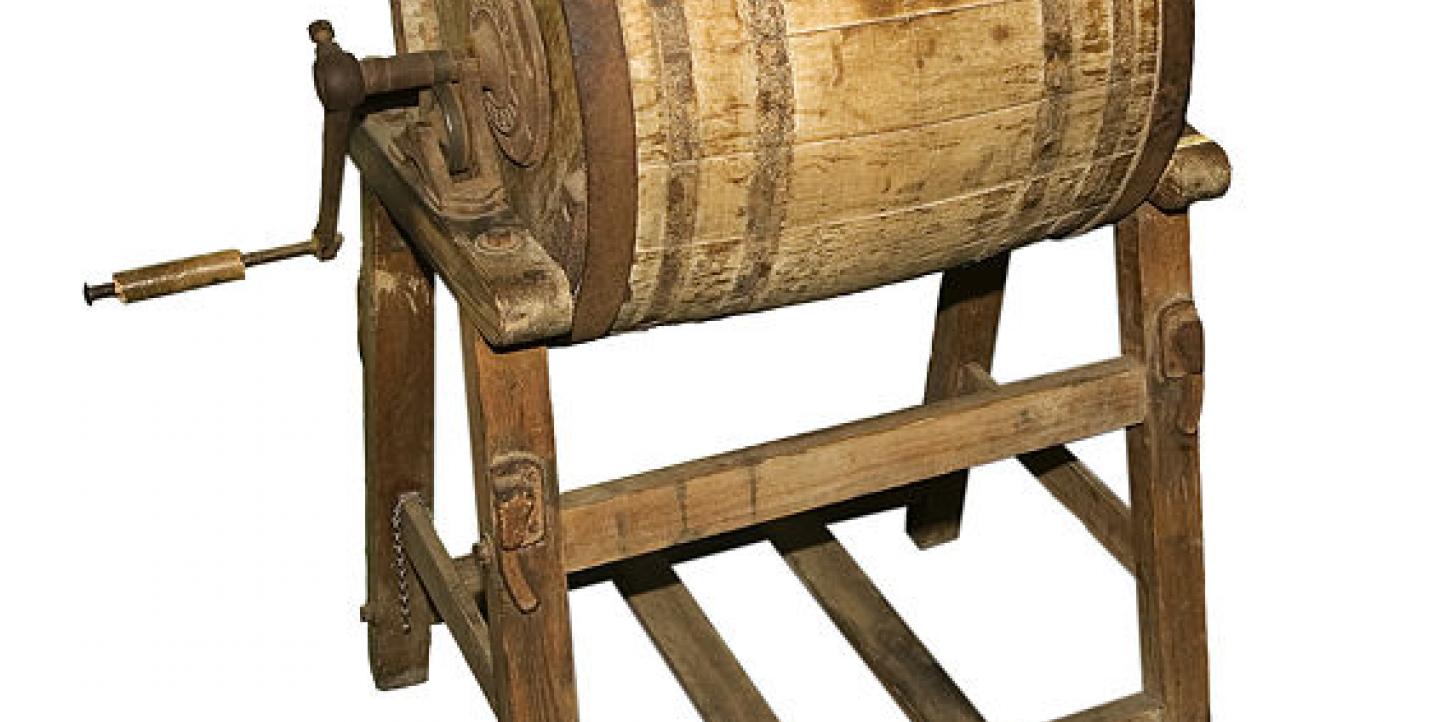A new U.K. website exposes “churnalism”— stories that are published or broadcast as original news but are largely press releases.
In its first month, churnalism.com received over 60,000 unique visitors. The site is the brainchild of Media Standards Trust, an independent non-profit that aims to promote transparency in news. The term "churnalism" has been used since the early 1990s to describe journalists who churn out stories like butter.
Churnalism's premise is simple: users paste a press release into an online text box and the site compares it to over three million articles published in the U.K. since 2007. Churnalism's software compresses both the articles and press releases into a series of numbers, using a hash function. Matches greater than 20 percent suggest the article is a churn. The developers intend to make this software open source once they receive additional grant money.
News outlets found "churning" according to the site include the BBC, The Telegraph, The Independent, The Guardian and others.
IJNet spoke with Martin Moore, the Director of Media Standards Trust about the site. (We also spoke with a Guardian journalist about an article of hers on the site.)
IJNet: What's the goal of churnalism.com?
Martin Moore: The short-term aim is to raise awareness on the relationship between journalism and public relations. From our perspective, it’s not talked about very much because it’s not in the interest of journalists or PR people to talk about it.
Presently, the relationship is often too close — you can have 50-60 percent of an article copy and pasted from a press release. In the long term, we hope it’s going to be much more common practice to link to press releases and for the process to be a lot more transparent. We’ve been amazed by the amount of debate the project has already generated.
IJNet: How do you follow-up on news organizations cited for churnalism?
MM: Well that makes us sound a bit like a police organization— ha. We mainly act as a resource for the public and rely a lot on the public.
We do tweet about articles and we also launched a new page on the site—literally a couple of hours ago—which allows people to look at particular news outlets and press release sources and see who is relying on press releases the most.
Quite a few people ask us: “who are the churnalists?” but it’s not really easy to tell, as press releases aren’t always out in the open. We try to provide a broader perspective.
IJNet: What effect do you think the site has on journalists?
MM: I really genuinely hope this is positive for journalists. Someone wrote a blog post after the launch of our site, saying, “I didn’t go into journalism to churn out press releases, I went into journalism to do original reporting.”
We hope that this will stop news outlets from pressuring journalists to write press releases, ultimately freeing up journalists’ time to do what they want to be doing—what they learned in journalism school.
We think that news outlets can turn press releases around even quicker by just linking to them, not by trying to suggest it's their work.
IJNet: What’s next for the project?
MM: Although our site specifically focuses on the U.K., we’d love to expand and take it overseas. People from other countries keep contacting us, saying they really want something like this in their countries.
Photo by Musphot, Creative Commons Attribution License

